TO LEARN IS TO GROW
Learning Center
We do our research and publish our results. Should probably call this the Growing Center.


Facebook Ad Campaign: A Step-by-Step Guide
To run a successful Facebook Ad campaign, you have to know the fundamental factors that can help you reach your target audience without going over budget.
Facebook is the world’s biggest social network site, with around 2.85 billion monthly active users as of the first quarter of 2021, according to a Statista report. And with the widespread use of this platform, it has become the go-to place for digital marketers.
Despite some claims that Facebook is dead–at least as a platform for targeting high-quality leads–this social media site remains a potent tool to reach your target customers. Oftentimes, companies who shun it were businesses that failed miserably on this platform because they didn’t understand their audience, resulting in their ads being shown to the wrong users.
PPC Expectations
As with most pay-per-click or PPC campaigns, Facebook Ads can become too expensive if done poorly. But when conducted correctly–e.g., highly niche customers and use of retargeting segments–every penny is worth the investment.
To help you identify if your Facebook Ad campaign is “expensive,” take a look at the list below that shows some benchmarks based on the industry’s cost per click or CPC:
Retail $0.70
Hospitality $0.63
Clothing $0.45
Beauty $1.8
Automobile $2.24
Consumer Services $3.08
Across industries, the average CPC is $1.72. Another thing to keep in mind is that small businesses and industries with a large target audience generally have low CPCs, while niche sectors often have high CPCs.
Know Your Audience
The success of your Facebook Ads boils down to how precise you are when defining your target customers. By making sure that you are reaching out to high-quality leads, it also becomes easy to stay within your marketing budget.
These are the other reasons why targeting a specific audience are critical to your campaign:
Reduced competition from other companies that have the same target customers
Improvements in key metrics such as high click-through rates and high conversion rates
More affordable CPCs since Facebook rewards advertisers that show relevant ads
Imagine a shoe company that uses a Facebook Ad in which their target audience is only defined by age and gender (for example, 18-45 years old women). The problem with this broad audience is that the click-through rates and conversion rates are almost always too low that the marketing effort will make no economic sense.
However, if the company creates a more precise target audience, let’s say, “18-45 years old women who are looking for comfortable and fashionable shoes ideal for standing all day at work,” it becomes easier to stay within their marketing budget and at the same time increase their key metrics.
Types of Information that Define Your Target Audience
In 2018, Facebook vice president of ads Rob Goldman released a blog post describing how advertising works on their platform, particularly the type of data advertisers use to reach out to their target audience.
The data provided by the users such as their age, location, and liked pages
The information the advertisers may have already about their target audience such as email address
The online activity of users such as their browsing history, likes, comments, and views
In the same year, the social media giant terminated its partnership with third-party data providers, also referred to as data brokers, that allow Facebook advertisers to target segments based on estimated income, profession, and other information that have prompted some experts to think that the practice is an apparent infringement of data privacy rights.
While Facebook terminated the program, advertisers may continue, on their own, to work with these data brokers.
Setting Your Campaign Goals
Once you have defined your target audience, the next step is to set your campaign goals before creating an ad. For example, a company that wants users to visit their website will need a different approach than a business that aims to increase its sales.
These three fundamental campaign goals will guide you during the creation and execution of your ad campaign:
Awareness. This goal is for companies that want to generate interest in their product or service. For example, a coffee shop chain can create an awareness campaign to tell the local community about their artisanal coffee and desserts.
Consideration. This campaign goal suits brands that want to drive traffic to their website and their visitors to engage with the blog post or video, install its app, share their personal info in exchange for ebooks and other freebies, etc.
Conversions. Most e-commerce sites choose this route in which the goal is to show their products to generate sales; however, brick-and-mortar businesses can also benefit from conversion campaigns if their objective is to encourage people nearby to visit them.
No business should be static, nor your Facebook Ad campaign should be. Hence, after building awareness and growing your customer base, you may want to encourage your target audience to visit your website and share their personal details in exchange for coupons, discounts, and other freebies.
Importance of Video on Facebook Ads
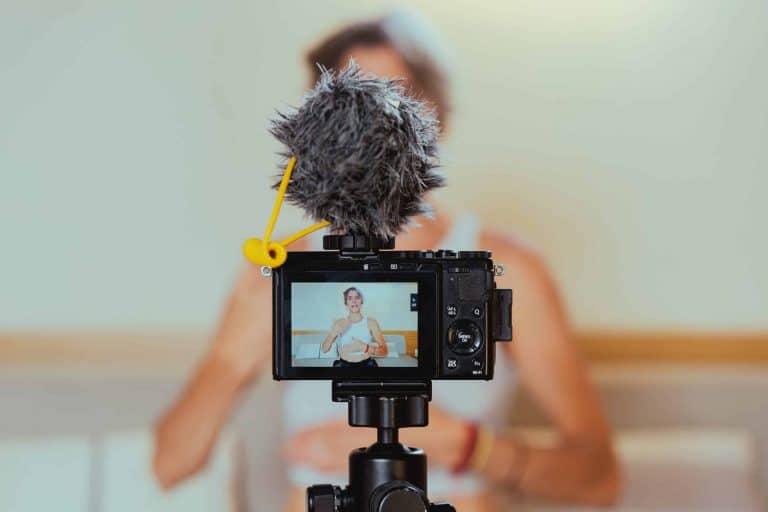
Several studies have shown that video ads get more clicks, with some researchers even suggesting that video content gets two times more clicks than other methods (e.g., text content and images). However, this is only true if they are short, direct, and engaging.
While there is no definitive way to know the best video length, Hubspot conducted a study suggesting that 30 seconds might be an ideal time frame. In contrast, psychologists suggest that an average person has an attention span of 60 seconds for online videos viewed on mobile devices.
However, Facebook has a shorter recommendation–15 seconds or less. Not only does this encourage people to watch the video until the end, but this reduced time frame also makes your video eligible for Instagram Stories and Facebook Streaming.
These are some of the best practices that Facebook recommends:
Include the most compelling or engaging part of the video within the first three seconds to quickly capture your audience’s attention.
Show your brand, service, or product within the first 15 seconds of the video.
Use vertical or square aspect ratio. This will allow your video to cover most of the screen area when viewers hold their phones vertically, which is the preferred position of most users.
Creating Your Call-to-Action or CTA

Your CTA is the most important element of your Facebook Ad because it encourages people to take action that is in line with your business goals, such as shopping on your e-commerce site, booking an appointment, sharing their personal details, and making a healthy engagement with your brand.
These are some of the best practices when creating your CTA:
Promote benefits, not your product or service.
Ask compelling or even bizarre questions to pique your audience’s interest.
Use action words to the point that the CTA sounds like a motivational statement, e.g., get off your couch and start living a healthier, more active lifestyle.
Keep your CTA short and direct.
Use compelling negative statements such as “stop wasting time with ineffective workout programs” because these can make people wonder if they are doing the right thing.
To learn more about running an effective Facebook Ad campaign, contact LOJO Marketing at (916) 303-4080. You can also schedule a free consultation or demo with our inbound sales manager Stephen.
Built for Growth. Backed by 25 Years of Trust.
For over two decades, LOJO has been a trusted partner to hundreds of businesses just like yours. Whether working directly with owners, managers, teams, or boards of directors, our goal remains the same: to be a reliable and results-driven asset to your business.
Over the years, we’ve carefully built a team of experts—each selected for their unique skills, strengths, and personalities. Our clients choose LOJO because they know we genuinely care about their success.
And after 25 years of helping businesses grow, we’re more committed than ever.
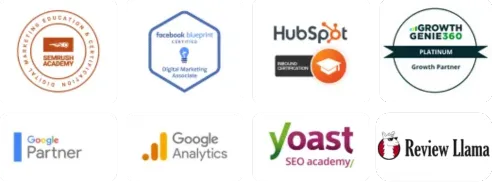

Built for Growth. Backed by 25 Years of Trust.
For over two decades, LOJO has been a trusted partner to hundreds of businesses just like yours. Whether working directly with owners, managers, teams, or boards of directors, our goal remains the same: to be a reliable and results-driven asset to your business.
Over the years, we’ve carefully built a team of experts—each selected for their unique skills, strengths, and personalities. Our clients choose LOJO because they know we genuinely care about their success.
And after 25 years of helping businesses grow, we’re more committed than ever.
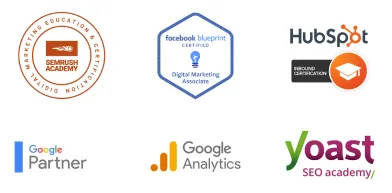
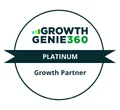

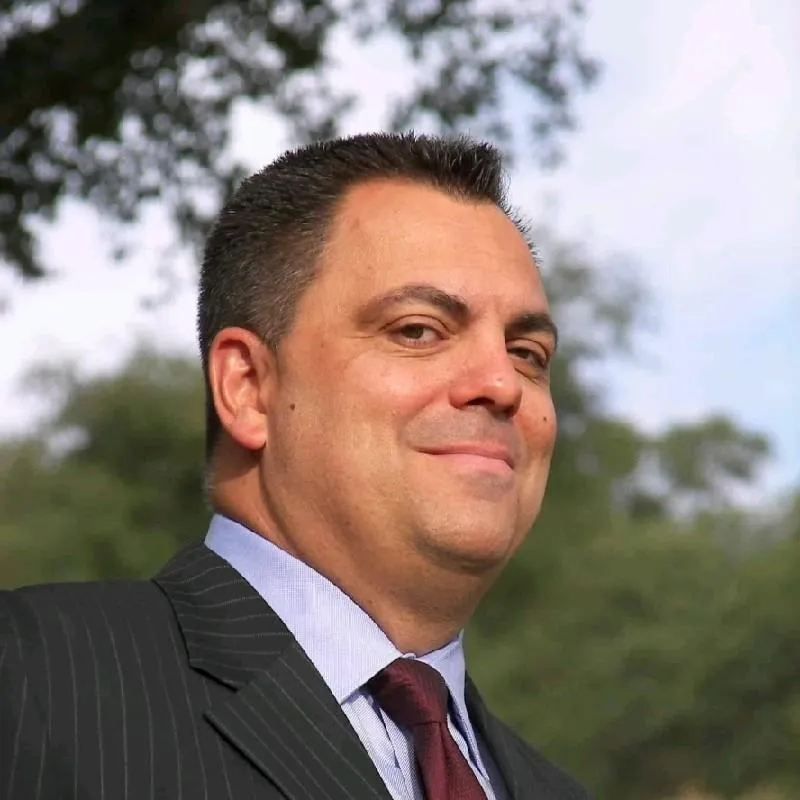
Matthew Rogers, President
iProspect Check
After spending several months reviewing multiple proposals from several different companies we engaged LOJO to develop a new website that represents our company effectively. We worked initially with Stephen Platte who helped create the scope of the project. Stephen was knowledgeable and always followed up with me on time and as promised.
He "closed the deal" for LOJO with his professionalism, service orientation and easy going approach. Once we signed the contract we were introduced to Jay Kelly who would be the creative lead for LOJO. This was the most challenging part of the project for my company, as there was no shortage of ideas from our side. Jay managed the project flawlessly, and once we had all agreed to the design, Jay introduced us to Eric.
Eric Lay is one of the founders of LOJO. Eric took the design we had developed and brought it to life. We delivered content as quickly as he requested it. Eric kept the project on task and we responded by exceeding every deadline for content. In turn, once provided, literally not a day went by that Eric didn't add the content and take the next step. In just a few weeks we launched our new website. Eric is a pleasure to work with.
His positive attitude and consultative approach really enhanced the experience and made a big difference for us in the outcome of our project. We would welcome you to visit our website to take a look at the quality work of LOJO. We are very pleased with LOJO and look forward to working with them in the future as we pursue an aggressive SEO strategy."
After spending several months reviewing multiple proposals from several different companies we engaged LOJO to develop a new website that represents our company effectively. We worked initially with Stephen Platte who helped create the scope of the project. Stephen was knowledgeable and always followed up with me on time and as promised.
He "closed the deal" for LOJO with his professionalism, service orientation and easy going approach. Once we signed the contract we were introduced to Jay Kelly who would be the creative lead for LOJO. This was the most challenging part of the project for my company, as there was no shortage of ideas from our side. Jay managed the project flawlessly, and once we had all agreed to the design, Jay introduced us to Eric.
Eric Lay is one of the founders of LOJO. Eric took the design we had developed and brought it to life. We delivered content as quickly as he requested it. Eric kept the project on task and we responded by exceeding every deadline for content. In turn, once provided, literally not a day went by that Eric didn't add the content and take the next step. In just a few weeks we launched our new website. Eric is a pleasure to work with.
His positive attitude and consultative approach really enhanced the experience and made a big difference for us in the outcome of our project. We would welcome you to visit our website to take a look at the quality work of LOJO. We are very pleased with LOJO and look forward to working with them in the future as we pursue an aggressive SEO strategy."

Matthew Rogers, President
iProspect Check
The team at LOJO were wonderful to work with. They are well organized and very patient as we worked through our marketing strategy and developed a well thought out and clear action plan at a reasonable price. We will definitely be back for our future campaign needs."

Jon Crosby, Founder
Dazil

